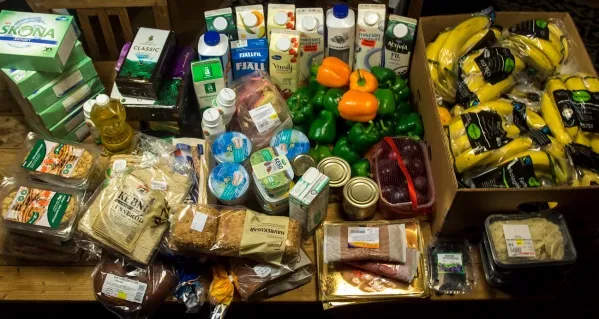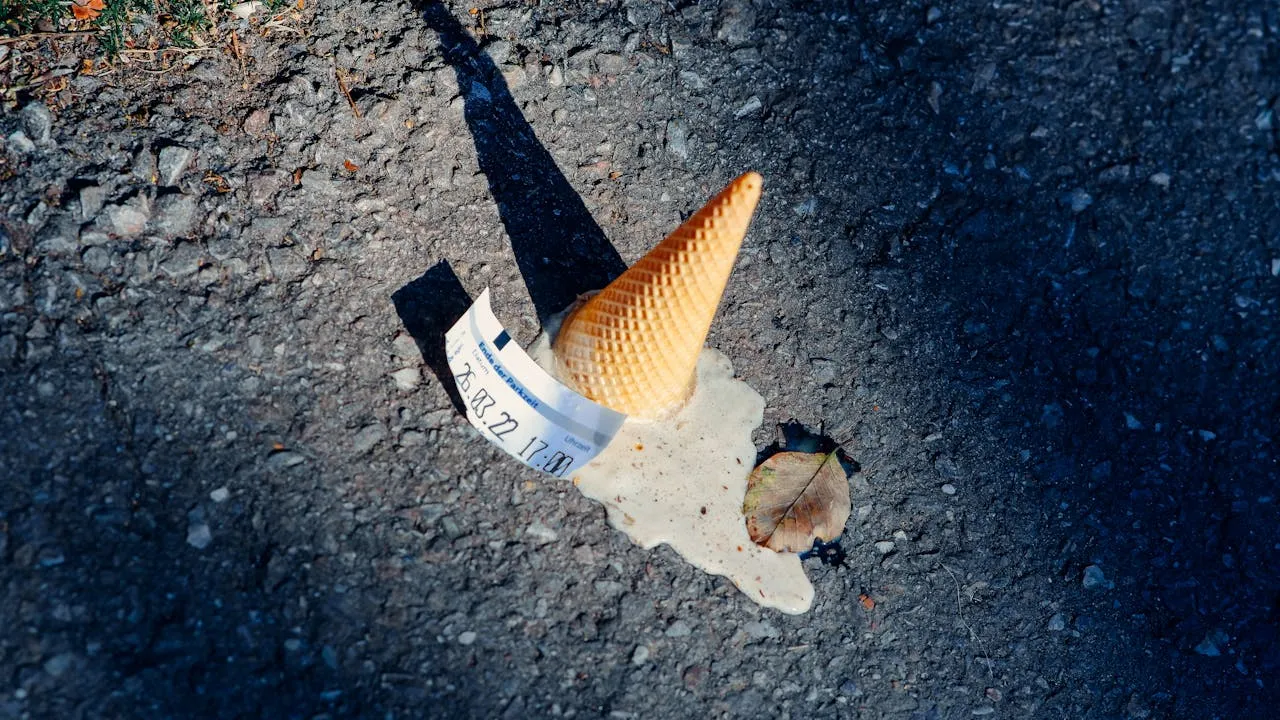This paper reviewed data from six national studies to quantify food waste within the EU and its associated loss of water and nitrogen resources in the EU as well as the uncertainties of these values.

Presented in the journal Environmental Research Letters, the research shows that most avoidable waste is made up of vegetables, fruit and cereals, but that wasted meat contributes more to lost nitrogen and water resources.
The research team noted that food waste had never been previously been thoroughly assessed in studies for the whole EU and uncertainty in consumer waste quantities was high due to a lack of data on national food waste statistics. The study also provides an analysis of uncertainty of values using national food wastage data for six of the 28 EU Member States.
Based on 6 national studies where data was determined reliable, total EU consumer food waste was estimated to average 123kg per person annually, or 16% of all food reaching consumers. Averaged over all the citizens of the EU together, this is 22 million tonnes of food each year. The UK ranks bottom of the list with the highest per capita food waste. Another important result is that nearly 80% of the total waste is ‘avoidable.’
Abstract
The European Parliament recently called for urgent measures to halve food waste in the EU, where consumers are responsible for a major part of total waste along the food supply chain. Due to a lack of data on national food waste statistics, uncertainty in (consumer) waste quantities (and the resulting associated quantities of natural resources) is very high, but has never been previously assessed in studies for the EU. Here we quantify: (1) EU consumer food waste, and (2) associated natural resources required for its production, in term of water and nitrogen, as well as estimating the uncertainty of these values. Total EU consumer food waste averages 123 (min 55–max 190) kg/capita annually (kg/cap/yr), i.e. 16% (min 7–max 24%) of all food reaching consumers. Almost 80%, i.e. 97 (min 45–max 153) kg/cap/yr is avoidable food waste, which is edible food not consumed. We have calculated the water and nitrogen (N) resources associated with avoidable food waste. The associated blue water footprint (WF) (the consumption of surface and groundwater resources) averages 27 litre per capita per day (min 13–max 40 l/cap/d), which slightly exceeds the total blue consumptive EU municipal water use. The associated green WF (consumptive rainwater use) is 294 (min 127–max 449) l/cap/d, equivalent to the total green consumptive water use for crop production in Spain. The nitrogen (N) contained in avoidable food waste averages 0.68 (min 0.29–max 1.08) kg/cap/yr. The food production N footprint (any remaining N used in the food production process) averages 2.74 (min 1.02–max 4.65) kg/cap/yr, equivalent to the use of mineral fertiliser by the UK and Germany combined. Among all the food product groups wasted, meat accounts for the highest amounts of water and N resources, followed by wasted cereals. The results of this study provide essential insights and information on sustainable consumption and resource efficiency for both EU policies and EU consumers.
Citation
Vanham, D., Bouraoui, F., Leip, A., Grizzetti, B., Bidoglio, G., Lost water and nitrogen resources due to EU consumer food waste, Environmental Research Letters Volume 10, Number 8, doi: 10.1088/17489326/10/8/084008
Read the full paper (available open access) here. See further coverage in Foodnavigator here and more resources on waste and resource use in the FCRN research library.




Comments (0)